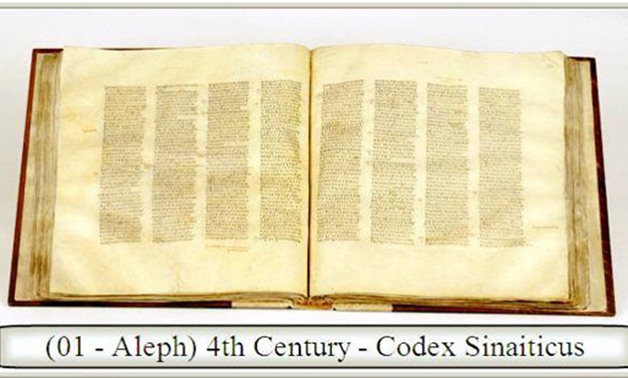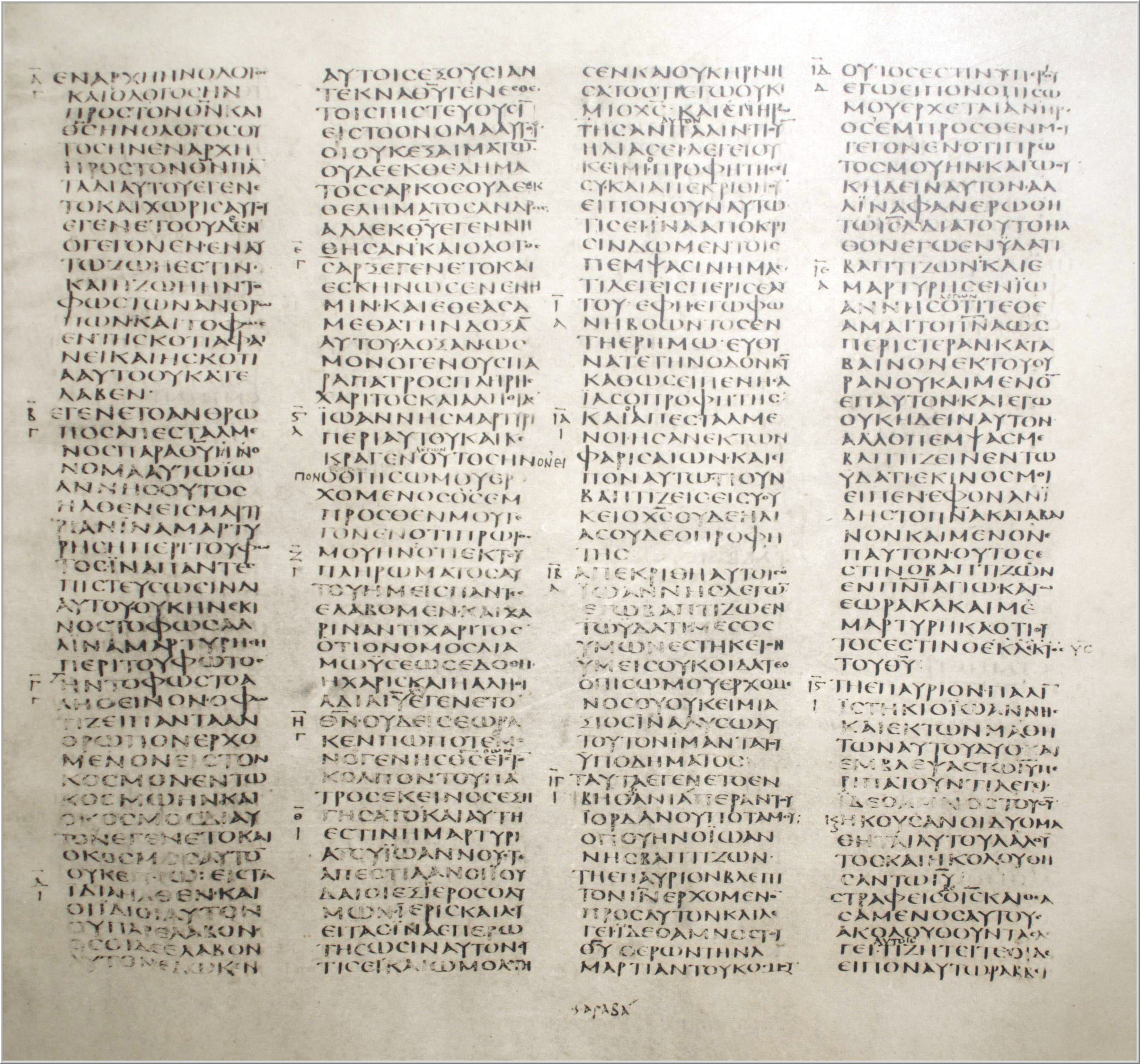
The ancient manuscript - ET
CAIRO - 4 February 2020: Have you ever heard of the Codex Sinaiticus found in the Monastery of Saint Catherine in Egypt? This manuscript was discovered on Feb. 4, 1859.
It is the oldest version of the Bible, with the Old and New Testaments. It is believed to be one of 50 copies that Emperor Constantine first commanded to write.
The manuscript was discovered by the German Chindorf, who was a professor at the University of Leipzig. He began an important journey to the East in 1844 in search of Bible manuscripts.
During his visit to the St. Catherine Monastery in Mount Sinai, Chindorf found some objects in a trash. It was filled with paper, which was destined to be used to light the Monastery’s oven.

Part of the ancient manuscript - ET
Examining these parchments, they turned out to be a copy of the Septuagint translation of the Old Testament written in Greek capital letters. At least forty-three of these papers have been recovered from the trash.
The monks of the monastery told the German professor that twice the amount of the discovered papers was burnt.
When Chindorf was shown other parts of the same manuscript, he warned against using such parchments to light a bonfire, for the great value they possess. As for the forty-three papers that he was allowed to keep, they contained parts of the Book of the First Days, Jeremiah, Nehemiah and Esther.
When Chindorf returned to Europe, he relocated the manuscript in the Leipzig University Library, where it has remained until today.
In 1846, he published its contents and named it the manuscript of Frederick Augustus in honor of King Frederick Augustus, who was the guardian and patron of the discovered manuscript.
Chindorf's next visit to the monastery in 1853 did not result in the discovery of new manuscripts, as the monastery’s monks were wary of Chindorf’s obvious enthusiasm of the manuscripts in his initial visit.
He made a third visit in 1859 under the direction of the Russian Tsar Alexander II. Shortly before leaving the monastery, Chindorf presented to the monastery supervisor a copy of the Septuagint, which he had published in Leipzig.
The supervisor then told him that he also had a copy of the Septuagint. He showed Chindorf the manuscript that was wrapped in a red cloth.
Chindorf stared at the manuscript in disbelief, seized by amazement by the treasure he had longed to see.

Comments
Leave a Comment